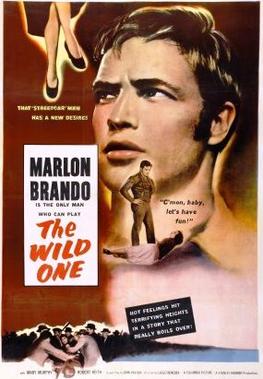On August 2nd, 1876, the legendary western lawman “Wild Bill” Hickok was shot and killed while playing poker in Deadwood, South Dakota Territory. His murderer, who shot Hickok in the back, was Jack McCall. McCall was known for being a local drunk and it is believed he shot Hickok because he had lost money to him in a previous game. After shooting Hickok, McCall attempted to flee but ended up falling off of his horse. When McCall was put on trial for Hickock’s murder, he clamed that it was revenge for Hickok having murdered his brother in Kansas. Since no one knew much about McCall’s past, he was acquitted. (Modern historians believe that McCall grew up in Kentucky and never had a brother.)
Unfortunately, for McCall, it was later determined that the Deadwood courts didn’t have legal authority to try anyone and he was hauled into federal court. After first claiming that he had been too drunk to remember why he shot Hickok, McCall then claimed that he was actually wasn’t Jack McCall at all and that the wrong man had been arrested. The judge didn’t believe either one of McCall’s claims and Jack McCall was subsequently hanged on March 1st, 1877. It’s believed that he was 24 years old.
The life and murder of Wild Bill Hickok has been the subject of many books and films, the majority of which have portrayed Hickok in a heroic light while Jack McCall has typically been portrayed as being a low-life coward. Jack McCall, Desperado, however, takes the opposite approach. In this film, George Montgomery plays McCall as being an upstanding hero while Douglas Kennedy portrays Hickok as being a cruel and sociopathic murderer.
Jack McCall, Desperado comes up with a backstory for McCall and Hickok, one that I don’t think has ever been suggested by any of the many books written about Hickok’s life and death. The movie portrays McCall as being a Southerner who, during the Civil War, joined the Union Army. Because of his Southern heritage, he is distrusted by most of the other men in his unit. When a group of rebel spies trick McCall into revealing the location of the Union army’s headquarters, McCall is accused of treason and sentenced to death. McCall manages to escape but, upon returning to his family’s plantation, he discovers that both his mother and his father have been killed by Hickok and Jack’s cousin, Bat (James Seay). When McCall discovers that Wild Bill and Bat have headed up to the Deadwood, plotting to swindle the Native Americans out of a gold mine, and that they’re accompanied by a former Confederate who can clear Jack’s name, Jack purses them, intent on getting revenge for his family and justice for himself.
It’s a pretty standard western, one that is notable mostly for its portrayal of Wild Bill Hickok as being a bloodthirsty outlaw. While Hickok may not have been the hero that he was often made out to be (and let’s not even talk about the reality of Wyatt Earp), he probably wasn’t the mustache-twirling villain that he’s portrayed to be here. Still, Douglas Kennedy is an effectively dastardly villain and George Montgomery is an adequate hero. Even if it’s in no way based on fact, the Civil War subplot, with Jack supporting the Union cause despite his Southern heritage, is occasionally interesting. If you’re already a fan of B-westerns and not a stickler for historical accuracy, Jack McCall, Desperado is a decent enough way to pass the time.


